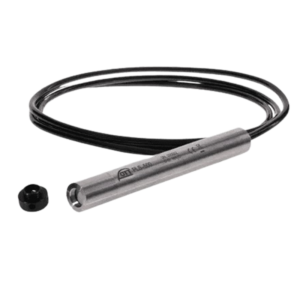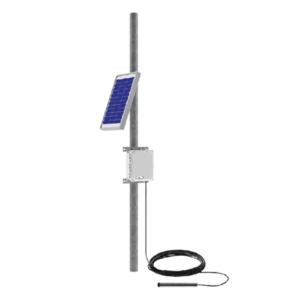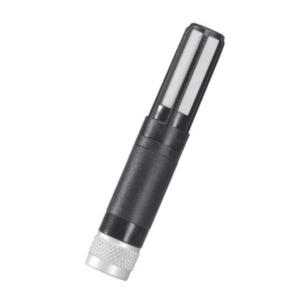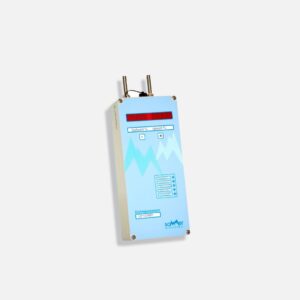Weather Monitoring Equipment
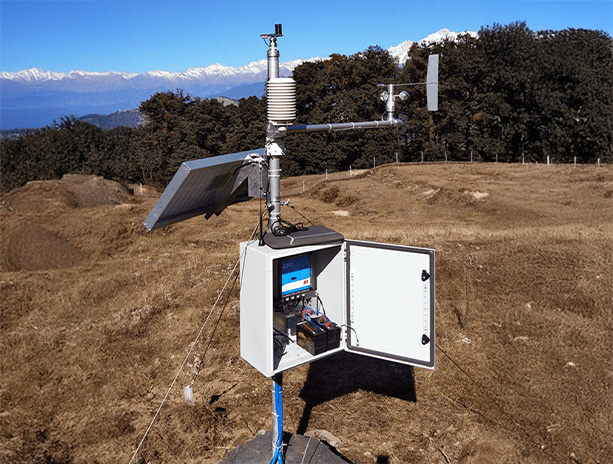
Aaxis Nano delivers precision-engineered weather monitoring solutions designed to enable early detection of hazardous atmospheric conditions. Our systems are equipped to measure critical meteorological parameters including temperature, relative humidity, barometric pressure, wind speed, and wind direction, ensuring accurate and continuous environmental surveillance.
Our integrated weather stations, supported by high-accuracy sensors such as ultrasonic anemometers, capacitive humidity sensors, and piezoelectric pressure transducers, provide real-time data essential for early warning systems and operational decision-making. These instruments are deployed across diverse terrains—ranging from agricultural fields and industrial sites to coastal and high-altitude zones—offering scalable, site-specific solutions.
What differentiates Aaxis Nano is our commitment to engineering solutions built for India’s demanding environmental conditions. All components are ruggedized, IP-rated, and tested for long-term field reliability under extreme weather, ensuring minimal downtime and consistent performance in mission-critical applications.
…Aaxis Nano’s dedicated service and calibration infrastructure ensures seamless lifecycle support—from deployment and commissioning to regular maintenance and data integrity assurance. With rapid response times and expert technical teams, we empower organizations to manage risk, optimize operations, and comply with regulatory mandates through robust, real-time weather intelligence.
Related Products
What is a Weather Monitoring System?
A Weather Monitoring System is an intelligent, sensor-based solution that continuously observes, records, and analyzes environmental parameters such as temperature, humidity, rainfall, wind speed and direction, barometric pressure, solar radiation, and air quality. These systems are essential for a wide range of applications including weather forecasting, agriculture, disaster preparedness, industrial automation, and smart city infrastructure.
At the core, these systems consist of:
-
Sensors to collect data
-
Data loggers and processors to manage and interpret inputs
-
Communication modules (GSM/LoRa/Wi-Fi) to transmit data
-
Visualization tools (local displays, mobile apps, cloud dashboards, SCADA) for real-time access
Types of Weather Monitoring Systems
| System Type | Use Case | Connectivity | Aaxis Nano Product |
|---|---|---|---|
| IoT-Based Systems | Smart cities, remote installations | Wi-Fi / GSM / LoRa | AX-WM Industrial IoT |
| Basic Home Monitors | Homes, gardens, indoor climate | Wi-Fi | AX-WM Mini |
| Agricultural Monitoring | Irrigation, crop and weather planning | GSM / Solar-powered | AX-WM Agro Pro |
| Education/Research Kits | School/college learning | USB / Wi-Fi | AX-WM EduKit |
| Air Quality + Weather Combo | Pollution + weather tracking | LoRa / Cloud-based | AX-WM Smart AQ Kit |
Automatic Weather Monitoring Stations (AWS) – Advanced Environmental Intelligence
An Automatic Weather Monitoring Station (AWS) is a self-contained system designed for continuous and autonomous weather monitoring, often deployed in remote or harsh locations. These stations operate round-the-clock, powered by solar panels, and transmit data via internet, GSM, or satellite communication.
Key Features of AWS:
-
High-accuracy environmental sensors
-
Solar-powered and low maintenance
-
Real-time data transmission via GSM/satellite
-
Customizable to location-specific needs
-
Compliance with IMD & WMO standards
Instruments and Sensors Used
| Weather Parameter | Sensor Name/Type | Function |
|---|---|---|
| Temperature | DHT11, DS18B20 | Measures ambient air temperature |
| Humidity | DHT22, SHT31 | Measures moisture content |
| Rainfall | Tipping Bucket, Raindrop | Measures rainfall amount and rate |
| Wind Speed & Direction | Anemometer, Wind Vane | Measures wind velocity and direction |
| Barometric Pressure | BMP180, Pressure Sensors | Measures atmospheric pressure |
| Solar Radiation | Pyranometer | Measures solar intensity |
| Air Quality | MQ135, MQ2 | Detects pollutants and gas concentration |
| Soil Conditions | Soil Moisture/Temperature | Useful in agricultural weather analysis |
How It Works: Data Flow and Automation
-
Sensing: Real-time environmental data is collected by smart sensors
-
Processing: Data is processed through microcontrollers like Arduino or ESP32
-
Transmission: Sent to local/cloud dashboards (ThingSpeak, AWS, Blynk) via GSM/Wi-Fi/LoRa
-
Visualization: Accessed through mobile apps, web portals, or SCADA platforms
-
Alerts & Automation: Trigger actions such as turning off sprinklers during rain or sending SMS alerts for high winds
Real-World Applications in India
In India, AWS and weather monitoring systems are being adopted rapidly by agencies like the Indian Meteorological Department (IMD), State Governments, agri-tech startups, and research institutions. With over 1,000 AWS and 5,000+ Automatic Rain Gauge stations already operational, the systems are making a measurable impact.
Use Cases:
-
Agriculture: Sowing, irrigation, and harvest timing
-
Disaster Management: Flood, heatwave, and cyclone forecasting
-
Urban Infrastructure: Pollution control, smart city data systems
-
Climate Research: Long-term trend monitoring for sustainability
-
Industries: Safety protocols and operational automation
Real-Time Benefits & Stakeholders
| Stakeholder | Benefit |
|---|---|
| Farmers | Improved crop planning and irrigation timing |
| Industrial Operators | Automation of HVAC and safety alerts |
| Meteorologists | Enhanced accuracy in weather models |
| Researchers | Continuous data for climate and pollution studies |
| Citizens | Real-time air quality and weather updates via public dashboards |
Why Choose Aaxis Nano?
Aaxis Nano is a trusted name in India for innovative, energy-efficient, and scalable weather monitoring solutions.
We offer:
-
Custom-built systems for varied environments
-
IoT-enabled cloud access and automation
-
Long-term support and project documentation
-
Solutions ranging from DIY kits to industrial-grade stations
Whether you’re setting up a weather monitoring system for your farm, city, research lab, or school project — Aaxis Nano has a tailored solution for you.


